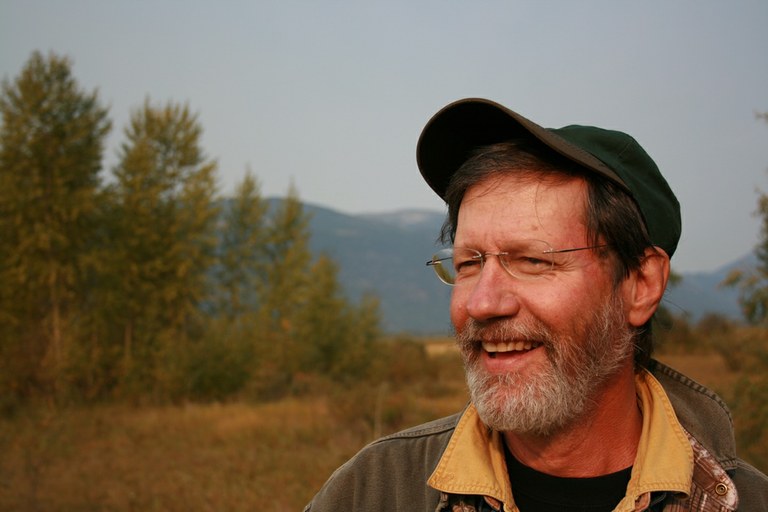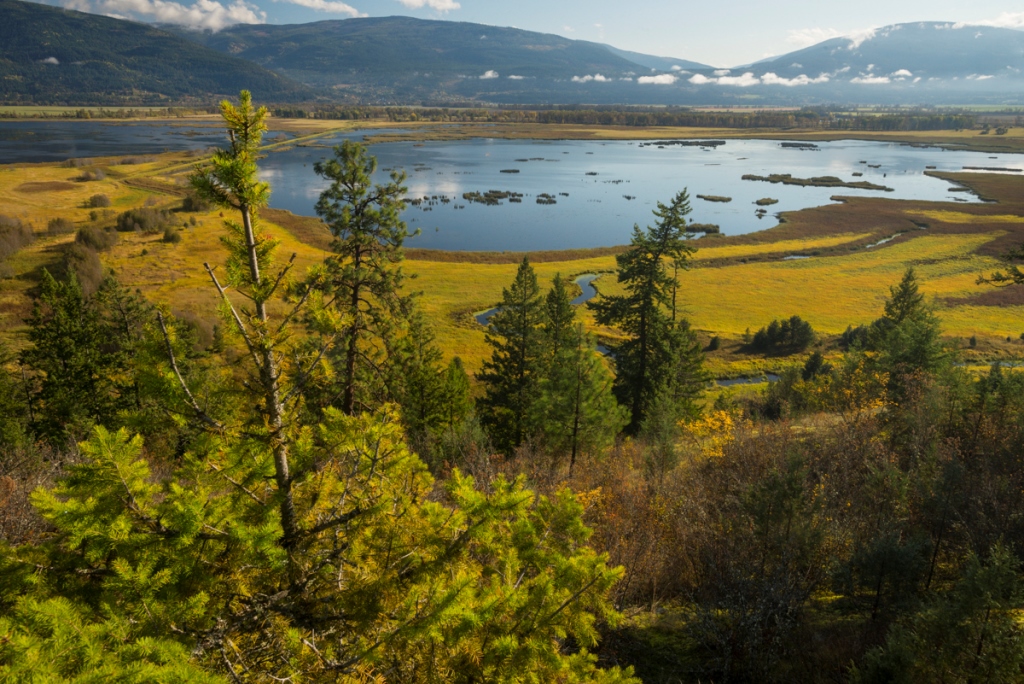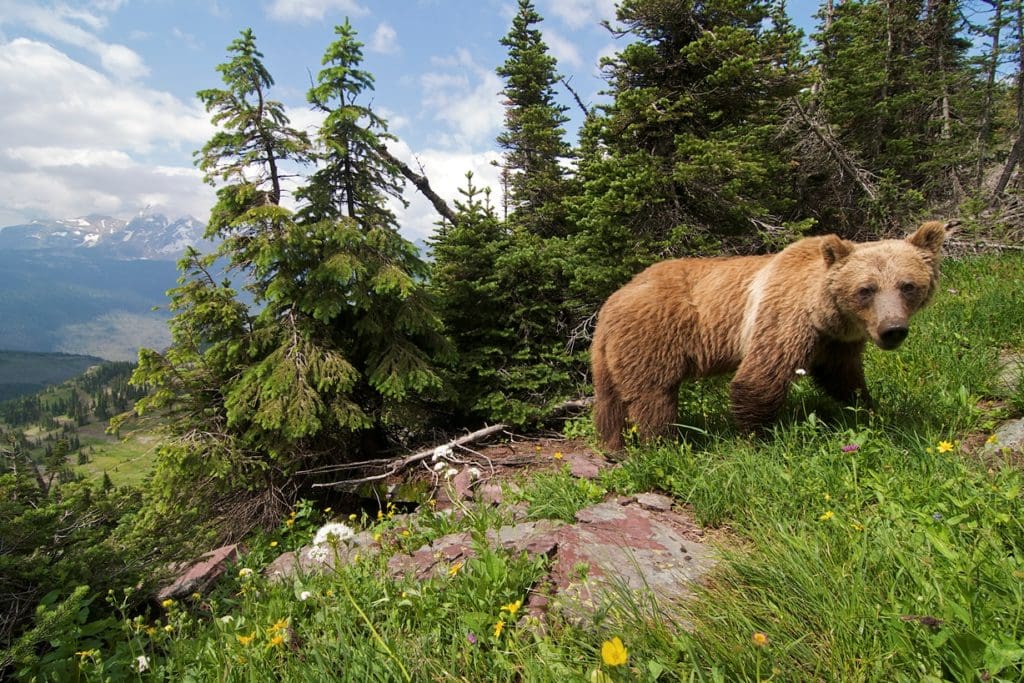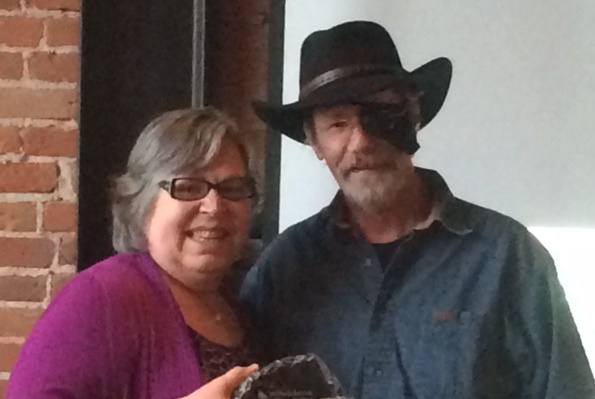To protect grizzly bears, and the interconnected ecosystems and corridors they need to survive, we first have to understand how they move across the Yellowstone to Yukon landscape.

Few researchers can claim to know as much about that than Michael Proctor — a wildlife biologist based in Kaslo, B.C., who has tracked and followed these top predators since 1995.
Proctor’s research is focused in the alternating peaks and valleys of B.C.’s southern Selkirk and Purcell Mountains — where roads, farms and communities have expanded quickly, creating barriers for grizzlies and other wildlife moving between the U.S. and Canada.
A key part of Y2Y’s high-priority Cabinet-Purcell Mountain Corridor, which links prime habitat in the U.S. Cabinet Mountains with ecosystems to the north, this area was identified by Proctor and other wildlife researchers as a critical zone for grizzly recovery.
Protecting core habitat and corridors is essential, but it’s important to focus on the right places — especially where grizzly are known to cross major highways and other barriers.
“We just let the bears teach us where they’re crossing these highways,” says Proctor. “And so far that’s been pretty successful.”

Proctor and his researchers track individual grizzlies using radio collars, which he applies carefully once they’re sedated. Then, when they’re released, the bears do what they’ve done for generations, and attempt to traverse the landscape in search of food and mates.
As lead Canadian researcher with the Trans-border Grizzly Bear Project, Proctor has identified key linkage areas for grizzlies all along Highway 3 — a major barrier for wildlife movement across southern B.C. and Alberta — giving Y2Y and other groups an all-important scientific foundation for deciding where and what to conserve.
Near the town of Creston, B.C., for example, Proctor identified a key corridor for grizzly movement that you’d never expect would be crucial for maintaining bear populations on a regional and continental scale.
He says this area of mixed habitat — called the Kidd Creek corridor — is one of the most important for connecting bears in the U.S. Cabinet Mountains with the “mother lode” of grizzlies in Canada’s Selkirk and Purcell Mountains and beyond.

Proctor is an integral part of the Y2Y-initiated Cabinet-Purcell Collaborative, a trans-border network of scientists and conservation groups working together to connect and protect this vital corridor.
His independent research on grizzly bears underpins much of the partnership’s work in the region, such as the best places to improve highway crossings or where to secure conservation easements on private property based on the frequency of grizzly bear movement.
Last month, at the group’s 10th annual partner meeting in Sandpoint, Idaho, Proctor was presented with the Wilburforce Conservation Leadership Award, for his exceptional research and leadership.


